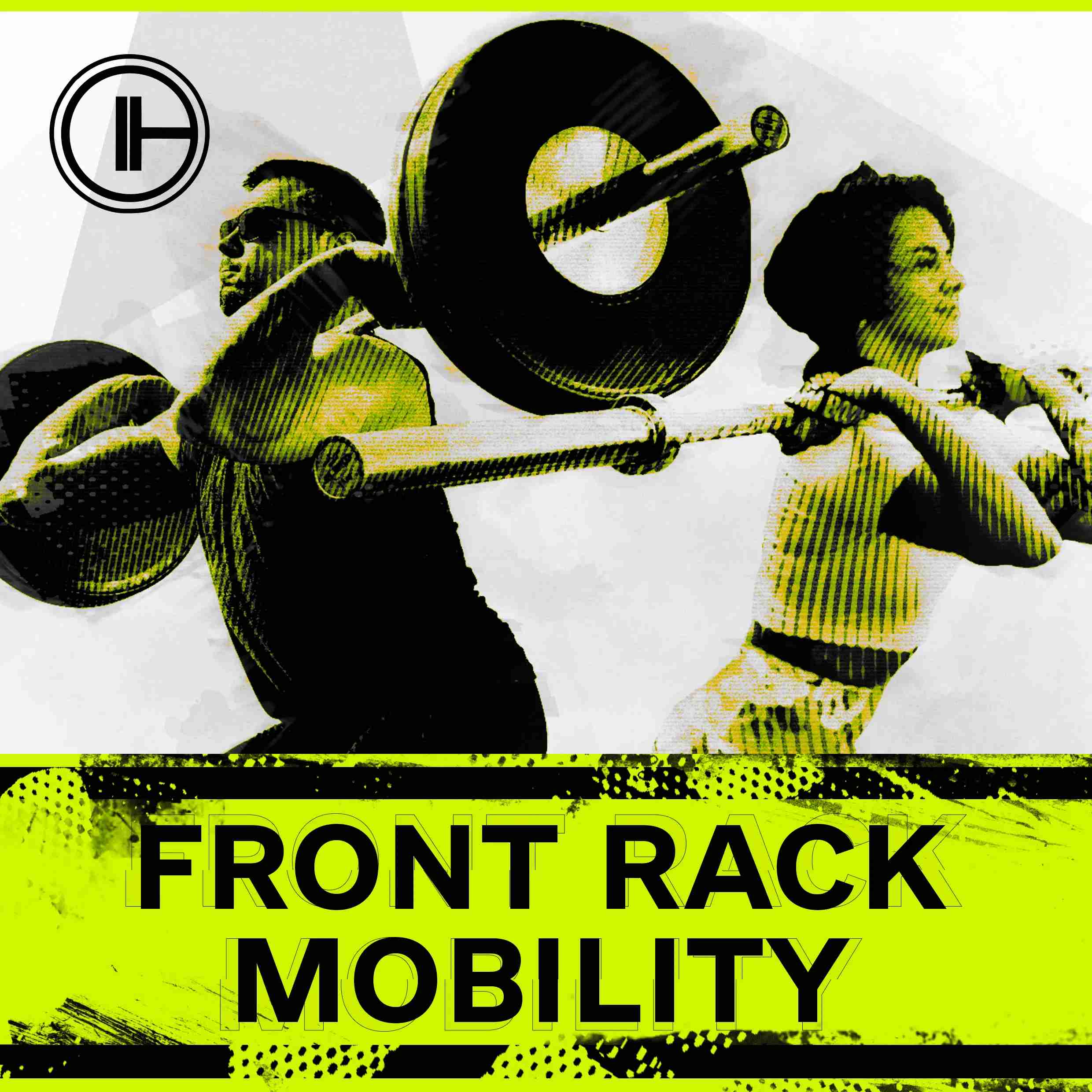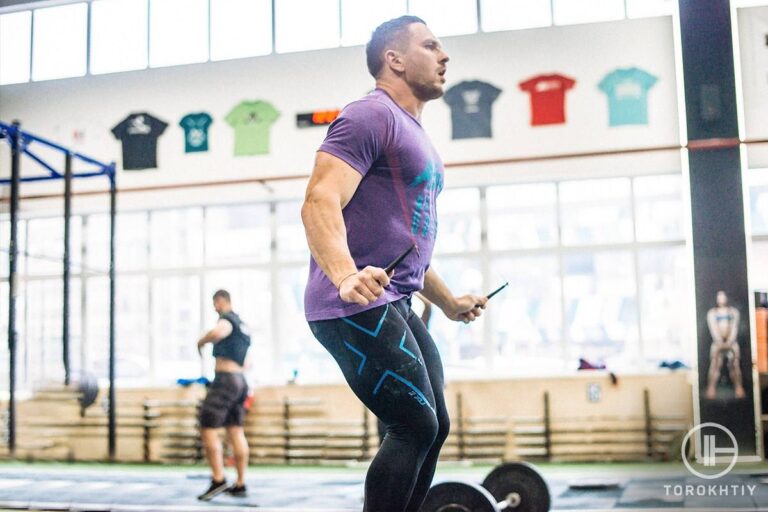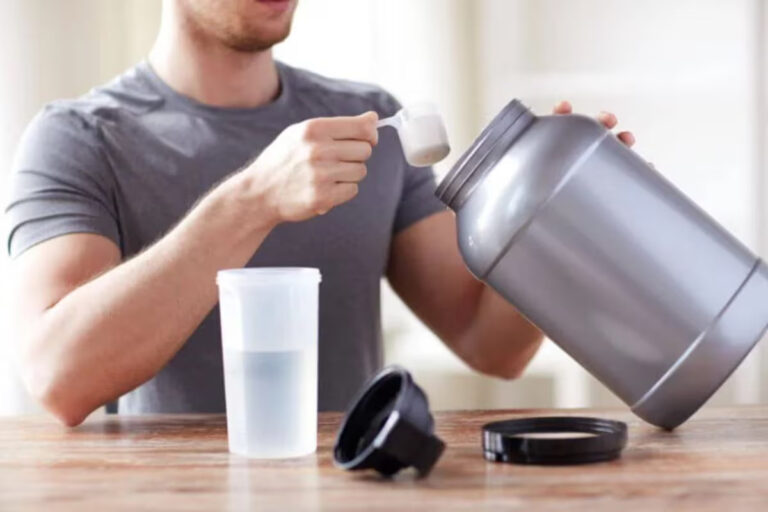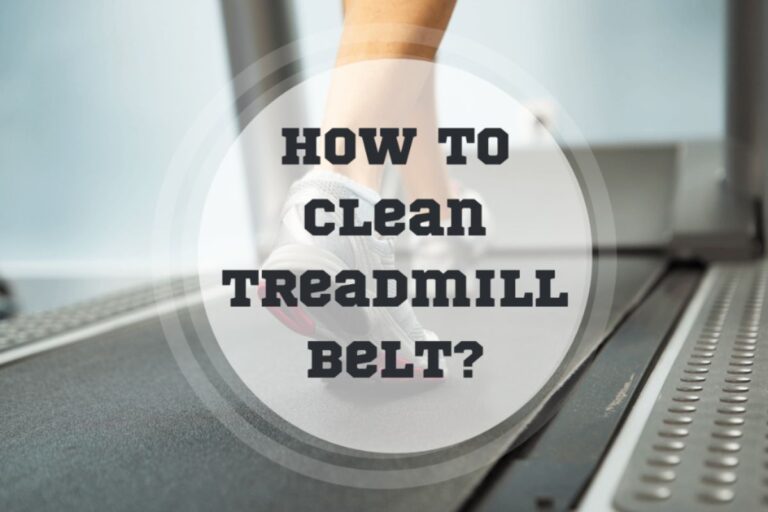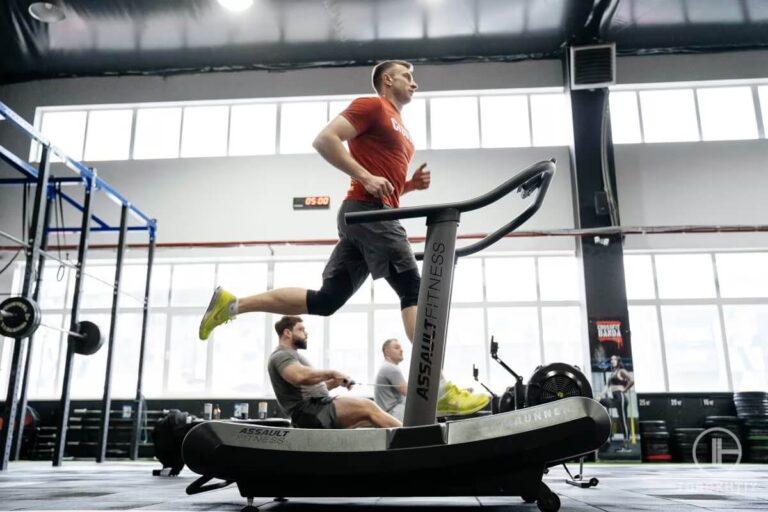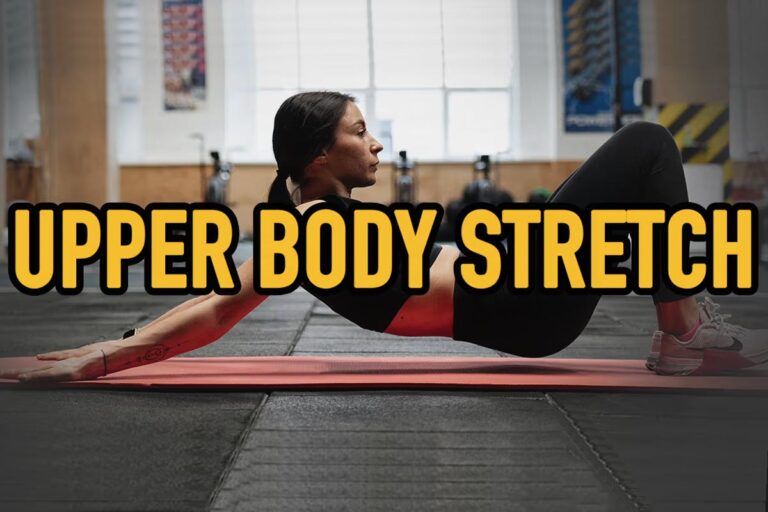Strong Arms, No Pain: Tackling Elbow Discomfort from Weightlifting
Exercises involving weight lifting can have a variety of advantages, including greater overall fitness, muscle growth, and increased strength. On the other hand, it is not unusual to sustain certain injuries and discomforts along the route. Elbow pain from lifting weights, especially elbows hurt after lifting is a very common specific problem that weightlifters may experience, this is characterized by soreness and pain within certain positions.
This is caused by repetitive tension or poor lifting skills which can seriously impair a person’s ability to execute exercises and slow down gym progress. Maintaining a secure and efficient weightlifting regimen depends on having a thorough understanding of the origins, symptoms, and various treatments for elbow pain when working out.
Weightlifting is beneficial to improve health, but improper form, excessive training, or underlying injuries can lead to injuries like elbow pain from lifting weights. Seeking guidance from experienced trainers and medical professionals is crucial to address the issue and finding solutions to alleviate post-weightlifting elbow pain.
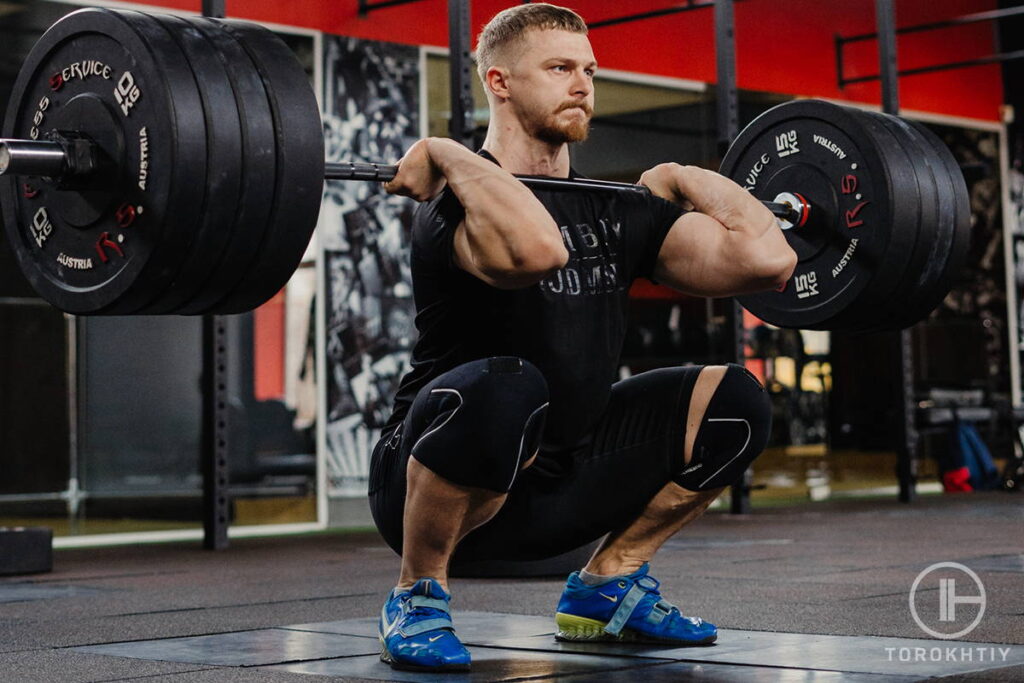
Types of Elbow Pain Caused by Lifting Weights
The ulnotrochlear, radiocapitellar, and proximal radioulnar joints make up the elbow’s three articulations. The majority of the joint’s stability is provided by the articulation between the ulna and the humerus, with pronation and supination occurring via the radiocapitellar joints, proximal/distal radioulnar joints, and flexion-extension occurring at the ulnotrochlear joint. There are various types of evaluations that medical practitioners may use to diagnose elbow pain brought on by weightlifting.
1. Medial Epicondylitis
Weightlifters with medial epicondylitis or golfer’s elbow have inner elbow pain from lifting weights.
It involves inflammation and degeneration of the tendons on the inner side of the elbow, specifically the flexor tendons that attach to the medial epicondyle. Exercises that involve gripping, lifting, and repetitive wrist flexion movements can place stress on these tendons, leading to pain and grip weakness. Weightlifters with medial epicondylitis may experience pain and tenderness on the inner aspect of the elbow, which can radiate down the forearm. Activities such as curling, gripping weights tightly, and bending the wrist can exacerbate the pain.
2. Lateral Epicondylitis
Lateral epicondylitis, also known as tennis elbow, involves inflammation and degeneration of the tendons on the outer side of the elbow. This condition is caused by gripping and repetitive wrist extension movements during weightlifting exercises. Symptoms include pain, tenderness, weakness in grip strength, and difficulty in lifting movements. In severe cases, it can lead to ulnar nerve entrapment, resulting in discomfort, numbness, or tingling in the elbow and hand.
3. Tendinopathy
Weightlifters frequently suffer from elbow tendinopathy, sometimes called tendinitis or tendinosis, which affects the tendons in the elbow. It commonly affects the tendons on the elbow’s inner (medial epicondylitis, also known as golfer’s elbow), or outside (lateral epicondylitis, also known as tennis elbow) side.
Weightlifting workouts are repetitious, and the large stresses placed on the elbow joint over time may cause microtrauma and tendon degeneration. Affected areas of the body may be painful, tender, and swollen, and weightlifters may have trouble grasping and lifting things.
Numerous variables, including poor technique, excessive use, insufficient rest and recuperation, muscular imbalances, and past injuries, might contribute to the development of elbow tendinopathy.
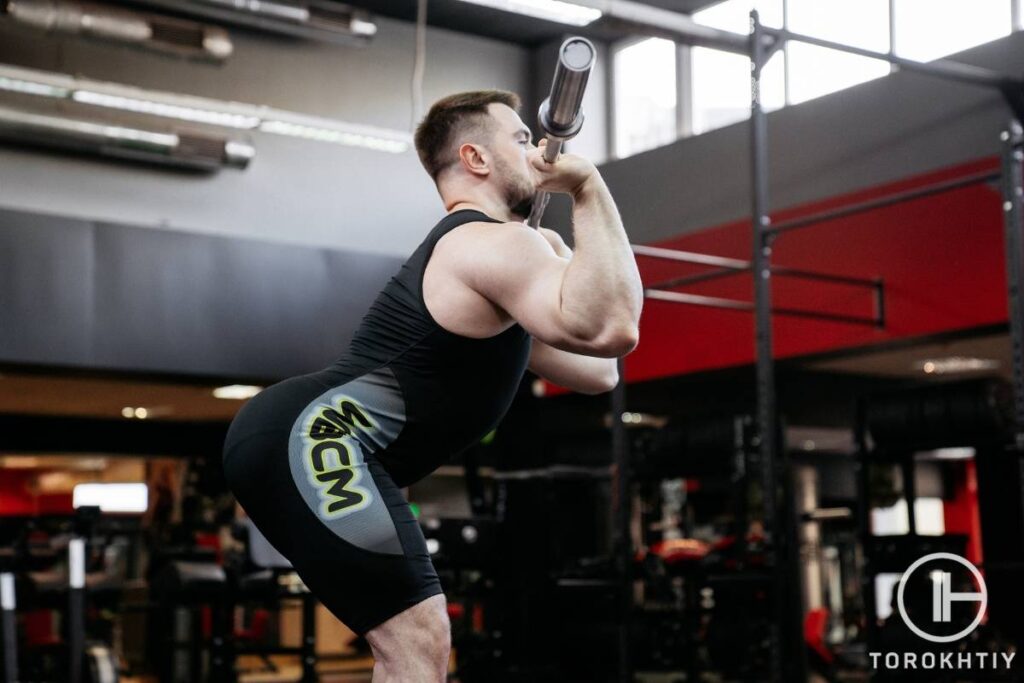
4. Strain and Sprain
Elbow Strains and sprains are common injuries that can occur in weightlifters due to the repetitive and demanding nature of their training. These injuries typically involve damage to the muscles, tendons, or ligaments around the elbow joint. A strain refers to an injury to a muscle or tendon, while a sprain involves damage to a ligament.
Weightlifters may experience elbow strains and sprains from sudden or excessive force applied to the joint, improper lifting techniques, or overloading the muscles. Symptoms of these injuries include pain, swelling, stiffness, tenderness to palpation, weakness, and limited range of motion in the elbow. Prompt medical evaluation is crucial to determine the extent of the injury and develop an appropriate treatment plan.
5. Bursitis
Due to the repetitive stress and strain put on the elbows while training, weightlifters are susceptible to developing elbow bursitis, also known as olecranon bursitis. It happens when the bursa, a little sac filled with fluid that serves as a bolster between the bones, tendons, and skin, injures itself.
Exercises like bench presses or tricep extensions in weightlifting that frequently need the elbow to bend and straighten might cause elbow bursitis in weightlifters. Elbow bursitis symptoms include discomfort, soreness, warmth, and swelling at the elbow’s back. Additionally, the affected area may be red and painful to the touch.
6. Nerve Entrapment
Weightlifters who repeatedly put stress and strain on their elbow joint and surrounding structures may develop elbow nerve entrapment. The ulnar nerve and the radial nerve are the two primary nerves that might get trapped in the elbow. The ulnar nerve becomes compressed or inflamed near the elbow, causing ulnar nerve entrapment, also known as cubital tunnel syndrome, which manifests as pain, numbness, tingling, or weakness in the ring and little fingers as well as the inside side of the hand.
The radial nerve is compressed or irritated in radial nerve entrapment, also known as radial tunnel syndrome, which results in pain, paralysis, or a burning feeling on the outside of the elbow and forearm. These conditions can significantly impact a weightlifter’s performance and overall well-being.
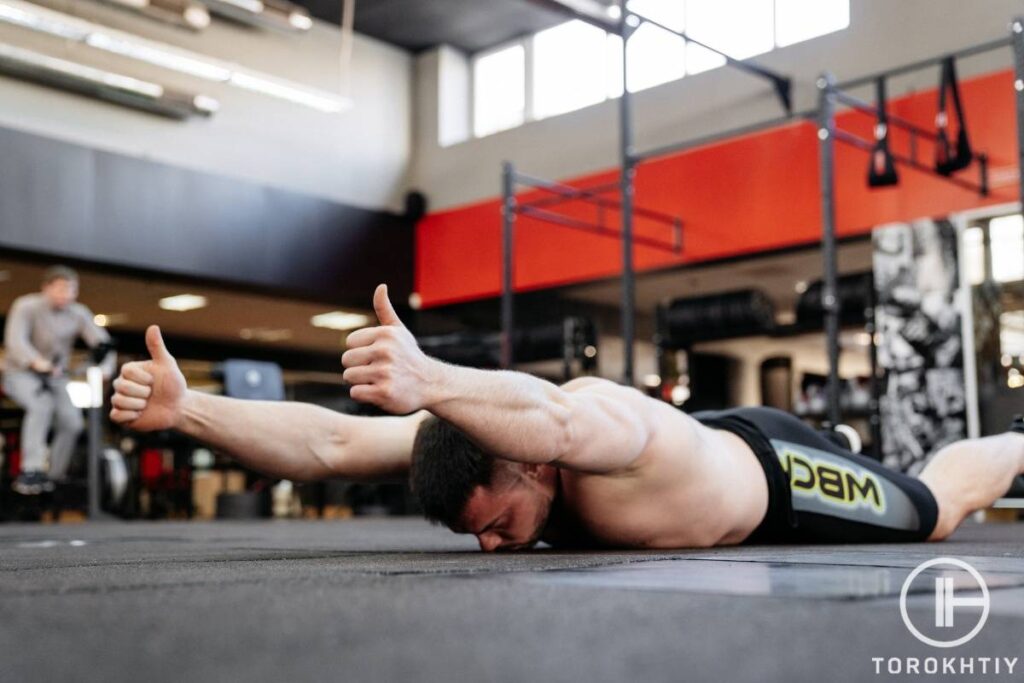
What Causes Elbow Pain From Lifting Weights?
1. Overuses and Repetitive Stress
Due to the enormous strain imposed on the muscles, tendons, and joints of the elbow, overuse and overtraining can all lead to the development of elbow pain in weightlifters. Weightlifters may get microtrauma and inflammation in the elbow region if they perform repeated lifting motions without giving their bodies enough time to heal. Exercises for weightlifting that involve repetition, such curls, presses, and pulls, place a heavy burden on the tendons and muscles that support and move the elbow joint. This continual tension can eventually result in an imbalance between the muscles and tendons, placing undue load on particular structures.
Furthermore, overtraining, which entails pushing the body above its limit while denying it enough rest and recovery, can hasten the breakdown of tissues and raise the possibility of injury. The combination of these elements may cause elbow pain-causing conditions such tendinopathy, and bursitis. Weightlifters must pay attention to their bodies, take time for rest and recuperation, and employ the right training methods to reduce the risk of overuse injuries and preserve good joint health.
2. Poor Progression
When weightlifters fail to progress gradually and instead attempt to lift heavier weights or increase the intensity of their workouts too quickly, it can place excessive strain on the muscles, tendons, and joints of the elbow. Insufficient time for the body to adapt to increased loads and stress can lead to overuse injuries and tissue damage. Poor progression can also result in improper form and technique, which further increases the risk of injury to the elbow.
The lack of proper progression can lead to conditions such as tendonitis, muscle strains, or even ligament sprains in the elbow. To prevent elbow pain caused by poor progression, weightlifters should follow a structured and progressive training program that gradually increases the load, intensity, and volume of their workouts. It is essential to prioritize proper form and technique, allowing the body sufficient time to adapt and recover between training sessions.
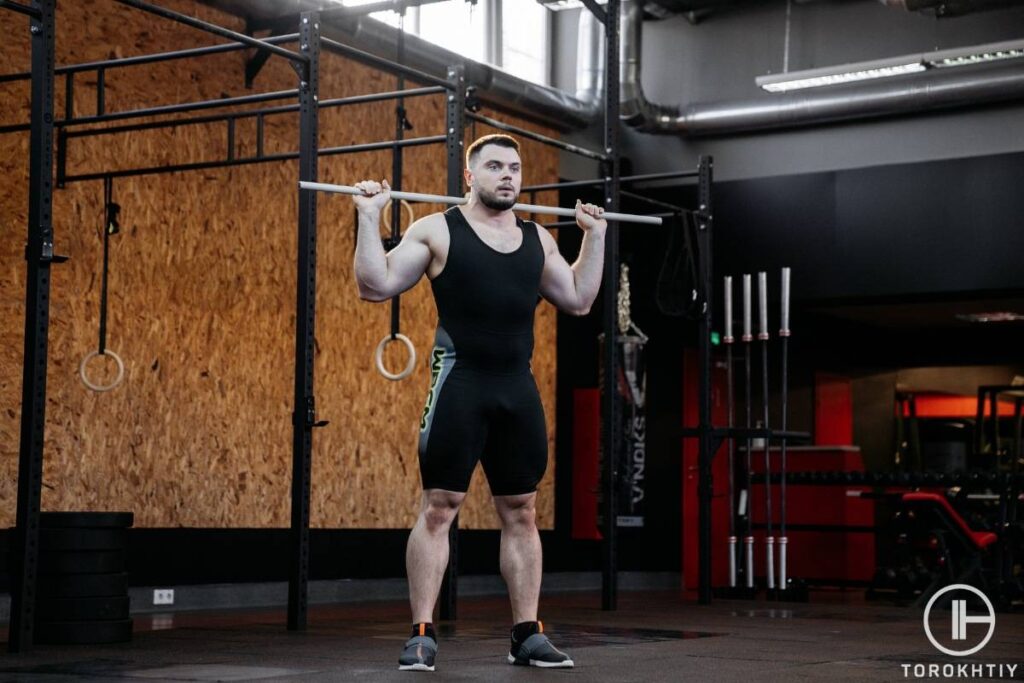
3. Improper Form
Improper form during weightlifting can lead to elbow pain due to the increased stress and strain placed on the elbow joint and surrounding structures. When lifting weights with incorrect technique, it can result in movements that overload the tendons, ligaments, and muscles in the elbow.
Excessive wrist flexion or extension, incorrect grip placement, high-velocity movements and poor posture can all contribute to the development of elbow pain. These factors can lead to conditions such as tendinitis, strains, sprains, or even nerve compression. It is crucial to prioritize proper form and technique, as well as seek guidance from a qualified professional, to minimize the risk of elbow pain and injury during weightlifting.
4. Previous Injury
Due to the weakened integrity of the impacted components, a prior injury can contribute to elbow pain when lifting weights. If the elbow has previously been injured or subjected to trauma, it might not have fully recovered its strength and stability. This may raise the risk of reinjury or greater stress on the elbow during weightlifting activities.
Scar tissue, weakened muscles, and altered biomechanics brought on by the prior injury may cause imbalances that overload certain elbow areas and result in pain. Further discomfort might result from compensatory movements or lifting technique changes made to protect the injured area. These actions can put additional strain on other elbow joints.
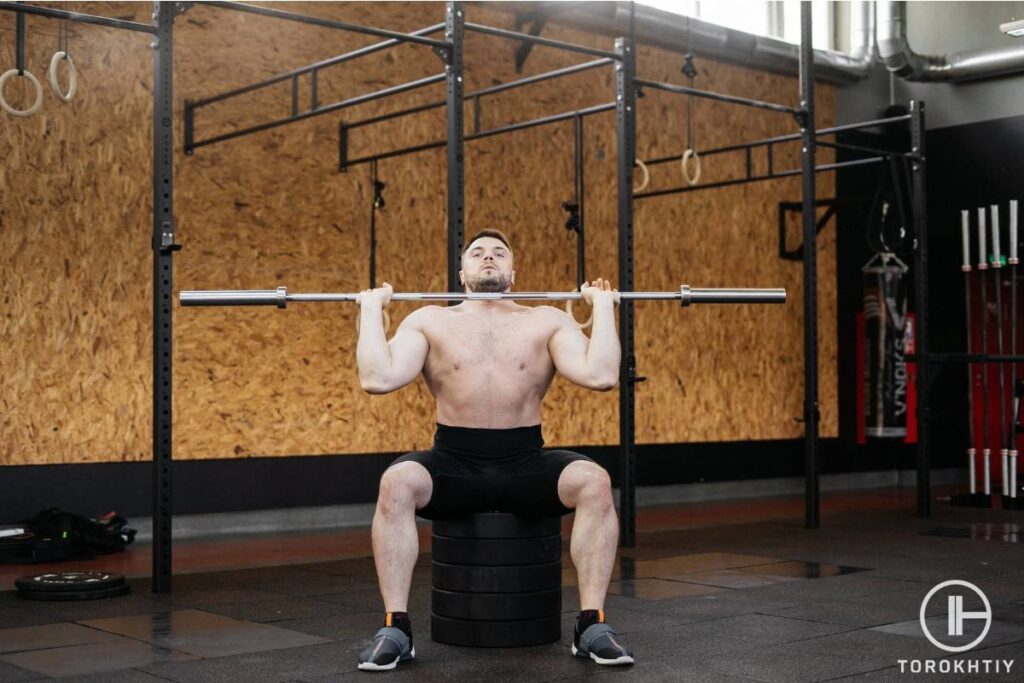
How to Treat Elbow Pain From Lifting Weights?
Weightlifting-related elbow pain requires a thorough strategy that includes diagnosis, as rehabilitation and therapy. First, a correct diagnosis is essential to figuring out what is causing the pain. To determine the severity of the injury, a medical expert may perform a physical examination, examine the patient’s lifting method, and maybe prescribe imaging tests like ultrasound or MRI scans. The healing process might start after the diagnosis has been made. Resting or modification of activities of the injured arm is crucial, as is avoiding activities that make the discomfort worse especially important during the acute phase of the injury.
1. Police Method
The POLICE method is an acronym that stands for Protection, Optimal Loading, Ice, Compression, and Elevation. It is a commonly recommended approach for treating acute injuries, including elbow pain from lifting weights. It’s important to note that the POLICE method is primarily suitable for acute injuries. If the elbow pain persists or worsens, it’s advisable to consult with a healthcare professional for a proper diagnosis and further treatment recommendations. They may suggest additional interventions such as physical therapy, medication, or other modalities to facilitate healing and recovery.
2. Heat or Ice Therapeutic Modalities
When it comes to treating elbow pain from lifting weights, heat and ice therapeutic modalities can be beneficial in managing symptoms. Ice therapy, also known as cryotherapy, is effective in the acute phase of an injury or when there is inflammation. Applying a cold pack or ice pack to the affected area for about 15-20 minutes every 2-3 hours can help reduce pain, swelling, and inflammation.
On the other hand, heat therapy, known as thermotherapy, is useful for chronic or ongoing elbow pain. Applying a warm compress or using a heating pad for 15-20 minutes can help improve blood circulation, relax muscles, and relieve stiffness. It’s important to note that both modalities should be used with caution, and it’s recommended to wrap the ice or heat source in a towel to protect the skin.
If the pain persists or worsens, it’s best to consult with a healthcare professional for a proper diagnosis and further guidance on using heat or ice therapy for your specific condition.
🔻Front Rack Mobility Program
Calling all athletes: Unlock your best potential with our Front Rack Mobility Program!
Why Choose?
- 💪 Strengthen upper body mobility and joint strength.
- 🚀 Improve Your Squat Form.
- 🥇 Elevate your Clean, Push Press, Front Squat, and more.
- 📈 6 tests to track your progress.
- ⏰ 18 efficient 30-minute workouts.
- 📹 100 video guides.
- 🔒 Lifetime access for success anytime, anywhere.
Don’t wait – unlock your potential today! 🚀
3. Oral Medication
When addressing elbow pain from lifting weights, oral medications can be used as part of the treatment plan. Nonsteroidal anti-inflammatory drugs (NSAIDs), such as ibuprofen or naproxen, can help reduce pain and inflammation in the affected area. These medications are available over-the-counter and can provide temporary relief. However, it is important to follow the recommended dosage and consult with a healthcare professional before taking any medication, as they may have potential side effects or interactions with other medications.
4. Injections
In some cases of persistent or severe elbow pain from lifting weights, injections may be used as a treatment option. Corticosteroid injections can help reduce inflammation and alleviate pain in the affected area. These injections are typically administered by a healthcare professional directly into the elbow joint or surrounding tissues. However, it’s important to note that injections should be performed under the guidance of a medical expert, as they carry potential risks and side effects.
Additionally, injections are usually considered a short-term solution and should be combined with other treatments, such as rest, activity modification, and physical therapy, for long-term relief and recovery. Individualized assessment and consultation with a healthcare professional are necessary to determine if injections are suitable and safe for the specific case of elbow pain.
5. Activity Modifications
Modifying one’s activities is essential for controlling and treating elbow pain brought on by weightlifting. People can reduce symptoms and stop the illness from getting worse by altering their lifting practices and training regimens. Reduce or avoid activities, such as grip-heavy workouts or extreme wrist flexion/extension, that put direct stress on the injured elbow. Instead, concentrating on substitute workouts that work the same muscle groups with less strain on the elbow joint can be beneficial.
The body may adapt and develop strength by gradually increasing the weights and volume in a controlled manner without overtaxing the elbow. A licensed specialist can offer individualized advice on activity changes catered to the person’s unique demands and condition. People can continue weightlifting while reducing the danger of aggravating elbow pain and improving long-term healing by making the necessary adjustments and respecting the body’s limits.
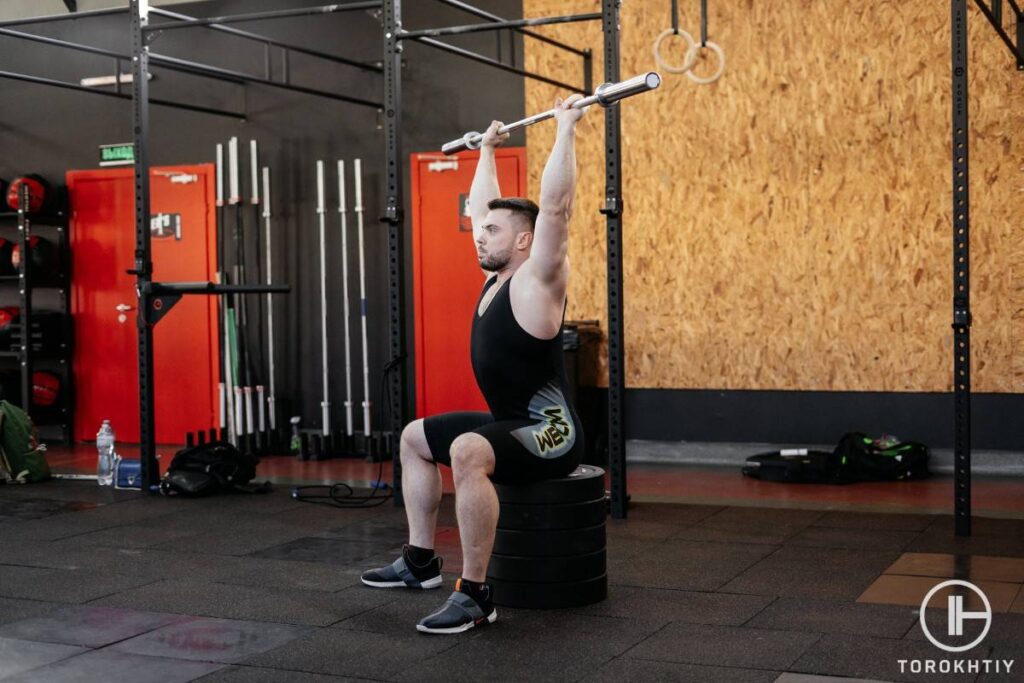
6. Physical Therapy
The most efficient method for relieving elbow pain brought on by weightlifting is physical therapy. The underlying problems can be addressed and healing can be facilitated by a personalized treatment plan created by a qualified physical therapist. The therapist will first evaluate the patient’s health, including their range of motion, level of strength, and overall biomechanics. They will then create a plan aimed at easing discomfort, enhancing mobility, and regaining function. Physical therapy for elbow discomfort and may combine several effective and different strategies to get you back to lifting.
7. Surgery
Surgery is an option, but it should be your last option for treating severe and persistent elbow pain caused by lifting weights. In cases where conservative treatments have failed to provide relief, surgical intervention may be recommended. The specific surgical procedure will depend on the underlying cause of the pain, such as tendon tears or nerve compression. Surgery aims to repair damaged structures, relieve pressure on the affected area, and restore function. It is important to consult with a qualified orthopedic surgeon to determine if surgery is necessary and to discuss the potential risks and benefits.
How to Lift Weights Without Hurting Your Elbows?
It takes good technique, an understanding of your body’s limitations, and exercise adaptations to lift weights without damaging your elbows.
1. Warm-Up
Getting the body ready is crucial to minimize the risk of potential elbow injuries. This can involve light cardiovascular exercises and dynamic stretches.
2. Proper Form
Keep good form and technique in mind when performing weightlifting workouts. To lessen the strain on the elbows, refrain from over-gripping and maintain a neutral wrist position
3. Proper Progression
Avoid abrupt increases in volume or intensity and gradually raise the weights to give your muscles and tendons time to adjust. To avoid overuse injuries, it’s important to pay attention to your body and take and rest days as needed. Stop the exercise and reevaluate your technique if you feel any pain or discomfort in your elbows. Exercises that place too much strain on the elbows should be changed or modify.
4. Consult With an Expert
Think about getting advice from a licensed physical therapist or strength and conditioning specialist who can evaluate your lifting technique and make tailored recommendations to prevent elbow pain.
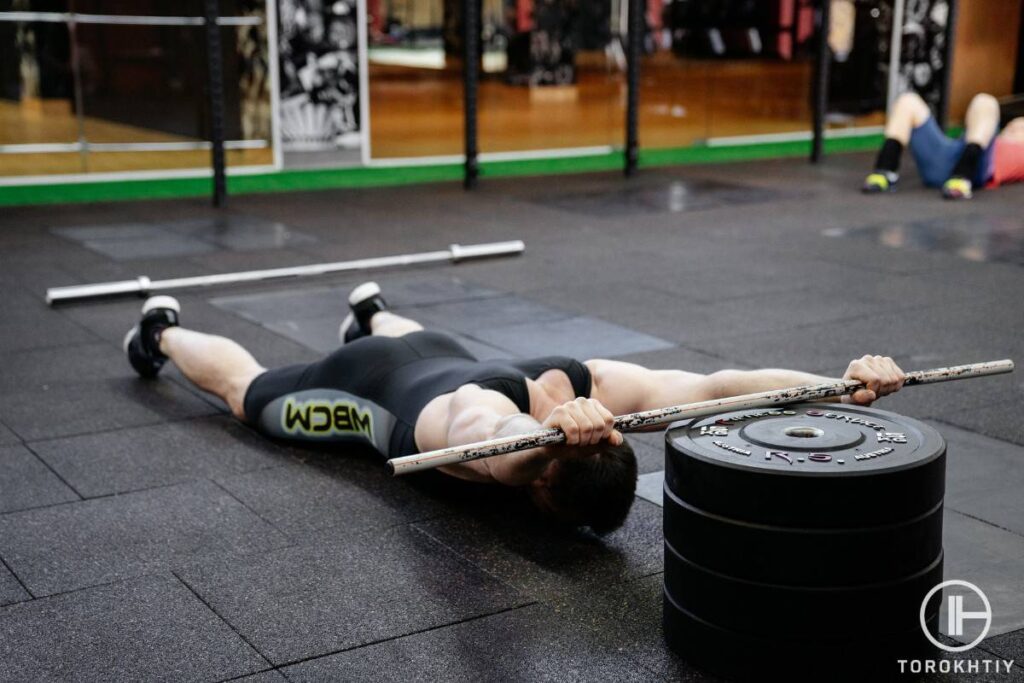
What Types of Exercises Are Common for the Rehab of Elbow Pain?
Current evidence suggests that seeing a physical therapist and incorporating specific rehab exercises into the treatment plan is beneficial for individuals experiencing elbow pain when lifting. These exercises focus on improving muscle strength, flexibility, and stability in the affected area. It is important to note that the specific exercises and their progression should be tailored to individual needs and guided by a qualified healthcare professional or physical therapist. Regular compliance with a structured rehab program has shown promising outcomes in managing weightlifting elbow pain and facilitating a safe return to lifting activities.
1. Medial Epicondylitis
Exercises such as wrist curls, reverse curls, and forearm pronation/supination exercises have shown positive outcomes in reducing pain and improving function. Eccentric exercises, where the muscle lengthens under tension, have also been found to be effective.
2. Lateral Epicondylitis
Exercises like wrist extension with a dumbbell or resistance band, forearm pronation/supination, and eccentric wrist curls have demonstrated positive results in reducing pain and improving grip strength. Additionally, incorporating exercises that target the shoulder, scapula, and core muscles can help enhance overall upper extremity stability and reduce excessive stress on the elbow joint.
Current Evidence of Activity Modification When Dealing With Weightlifting Elbow Pain Complaints or Diagnoses
Activity modifications are crucial for treating weightlifting-related elbow pain. By adjusting training routines and techniques, symptoms can be reduced and further deterioration can be prevented. It is recommended to avoid or decrease activities that directly stress the elbow, opting for alternative exercises that target the same muscles with less strain on the joint.
Gradually increasing weights and volume while listening to the body’s signals allows for adaptation and strength development. Proper warm-up and cool-down routines, along with expert guidance, aid in injury prevention. By making necessary adjustments and respecting limits, individuals can continue weightlifting while minimizing the risk of exacerbating elbow pain and promoting long-term recovery.
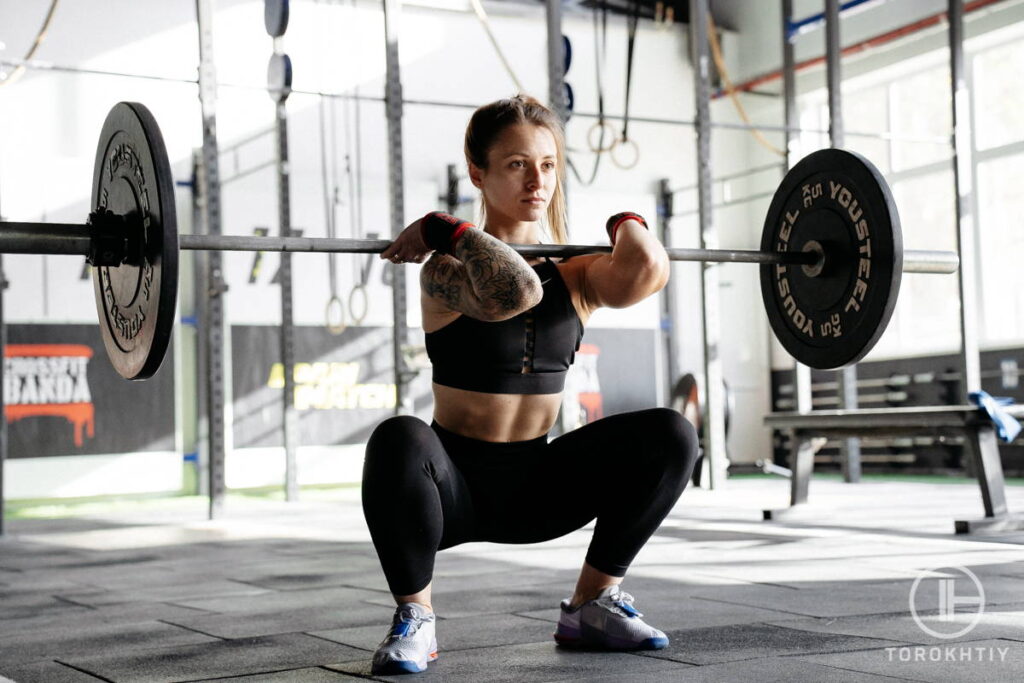
FAQ
Can I Still Lift Weights With Elbow Pain?
Yes, but persistent elbow pain after weightlifting is not normal and should be addressed. Professional help is necessary to identify the cause and receive appropriate treatment. Consulting with a medical professional or strength and conditioning specialist is recommended to assess the situation and determine if modifications or alternative exercises are needed. Prioritizing health, recovery, and expert guidance is vital for preventing injuries and ensuring long-term progress.
How Do You Fix a Lifter’s Elbow?
To treat weightlifting-related elbow pain, a multimodal approach is necessary. Medical professionals or physical therapists should be consulted to identify the root cause. Rest, ice therapy, targeted exercises, and modifying lifting techniques can provide relief and improve strength. Medications or injections may be prescribed in certain situations. Following the treatment plan, seeking expert guidance, and maintaining proper form facilitate a safe return to training.
What Does a Weightlifter’s Elbow Feel Like?
Inside elbow pain when lifting is the most common elbow pain often experienced by weightlifters. Weightlifter’s elbow is caused by irritation and inflammation of the tendons in the medial epicondyle. It results in discomfort, tenderness, and weakness on the inner side of the elbow, particularly during gripping and wrist movements. Symptoms can range from mild to severe, affecting daily activities and weightlifting performance. Seeking medical attention and appropriate therapy is crucial for effective management of this condition.
Conclusion
Elbow pain from weightlifting is a common issue caused by factors such as overuse, poor form, and excessive strain on muscles and tendons. Understanding different conditions like epicondylitis, nerve entrapment, and tendonitis is crucial for proper diagnosis and treatment. Prevention measures, such as maintaining good form and gradually increasing weights, can help prevent elbow pain.
Physical therapy plays a vital role in managing and recovering from weightlifting-related elbow pain, focusing on biomechanics, muscle strength, and flexibility. Following a comprehensive treatment plan can lead to a successful recovery and a safe return to weightlifting.
Have you experienced elbow pain from lifting weights? Have you tried any of the above solutions? Tell me about your experience in the comments section!
References:
- Injuries and overuse syndromes in competitive and elite bodybuilding // NCBI: https://pubmed.ncbi.nlm.nih.gov/24886919/
- IRadial Tunnel Syndrome // Cleveland Clinic: https://my.clevelandclinic.org/health/diseases/15658-radial-tunnel-syndrome
- Ulnar Nerve Entrapment at the Elbow (Cubital Tunnel Syndrome) // OrthoInfo: https://orthoinfo.aaos.org/en/diseases–conditions/ulnar-nerve-entrapment-at-the-elbow-cubital-tunnel-syndrome/
- Peripheral nerve injuries in athletes. Treatment and prevention // NCBI: https://pubmed.ncbi.nlm.nih.gov/8378668/
- Elbow (Olecranon) Bursitis // OrthoInfo: https://orthoinfo.aaos.org/en/diseases–conditions/elbow-olecranon-bursitis/
- Elbow Sprains Diagnosis and Treatment // Penn Medicine: https://www.pennmedicine.org/for-patients-and-visitors/find-a-program-or-service/orthopaedics/elbow-pain/elbow-sprains-diagnosis-and-treatment
- Elbow Strain // UpSwingHealth: https://upswinghealth.com/conditions/elbow-strain/
- Tendinopathy // CleveLandClinic: https://my.clevelandclinic.org/health/diseases/22289-tendinopathy
Why Trust Us?
With over 20 years in Olympic Weightlifting, our team does its best to provide the audience with ultimate support and meet the needs and requirements of advanced athletes and professional lifters, as well as people who strive to open new opportunities and develop their physical capabilities with us.
By trusting the recommendations of our certified experts in coaching, nutrition, dietology, and sports training programming, as well as scientific consultants, and physiotherapists, we provide you with thorough, well-considered, and scientifically proven content. All the information given in the articles concerning workout programming, separate exercises, and athletic performance, in general, is based on verified data. We ensure that you can rely on our professionals’ pieces of advice and recommendations that can be treated as personalized ones which will benefit you and fully meet your needs.
The product testing process is described in more detail here
Author: Ernesto Mendez
Orthopedic Clinical Specialist
Best Results: Snatch – 208 kg,
C&J – 240 kg
Dr. Ernesto Mendez is a licensed physical therapist, a board Orthopedic Clinical Specialist (OCS) and founder of Movement 4 Wellness Physical Therapy, LLC. He earned his degree from Thomas Jefferson University. He is also an Olympic weightlifting coach (USAW L1) and Functional Fitness Level 1 Trainer. His experience includes the areas of pain management, movement analysis, injury recovery, surgical rehab, corrective exercise, and athletic, military, and occupational performance. Dr Mendez is passionate about Olympic weightlifting and fitness. Ernesto Mendez is responsible for designing multiple training programs, writing blog articles, posting daily weightlifting content, doing live weightlifting and mobility seminars.

